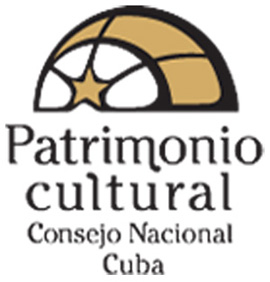Historic Camagüey Camagüey, Cuba
Camagüey (formerly Puerto Príncipe) is one of the first of seven villages founded by Spain in Cuba. As in other places in Latin America, Africans and their descendants performed a wide range of trades and occupations here, from domestic tasks to the most refined craftsmanship. Enslaved people organized themselves into councils and brotherhoods, including many house-temples of popular religiosity.
In Camagüey, the main sites of memory include: The House of Cultural Diversity: dedicated to the presence of the African legacy in camagüeyan culture; Commemorative Plaque of the bicentennial of the rebellion and conspiracy of José Antonio Aponte: marking that part of the rebellion and conspiracy that occurred in Puerto Príncipe and the resulting repression in which ninety-two heads were exposed in iron cages; Little Square Nicolás Guillén: dedicated to the memory of the national Cuban poet (1902-1989), a genuine representative of Caribbean poetry and literature; Little Square of Bedoya: The sculptures of Martha Jiménez populate this square and bring to life its former inhabitants. For example, "Matao," the water carrier, "Suvirat," the newspaper reader, and "The gossipers" present a range of people one might have encountered in that space a long time ago.
Other sites of memory include the Square of the Christ, which combines a square, a church, a flower garden, and a cemetery. The square is used today by many of the area's music-dance groups that feature children and youths who keep alive the African cultural legacies of the town. The House of Candita Batista honors a singer who is largely considered to be the "Queen of Afro-Cuban music." The birthplace of Jorge Luis Betancourt marks the remarkable life of this celebrated musician and orchestra director. The Ilé Ocha-Ifá of the babalawo Pablo Hernández Gómez is a place that combines religious and diverse social activities in the community. Finally, the Commemorative Plaque to the Town Council carabalí marks the site in which the African town council carabalí was located in the nineteenth century.
Historic Camagüey is part of the Slave Route Project, Cuba, network organized by the National Council of Cultural Patrimony in Havana, Cuba.
Related Topics:
Related Pages:
-
 Plaque commemorating the arrival of the first enslaved people
Plaque commemorating the arrival of the first enslaved people
-
 Gregoria López
Gregoria López
-
 The Caribbean
The Caribbean
-
 Buenaventura Lucumí
Buenaventura Lucumí


